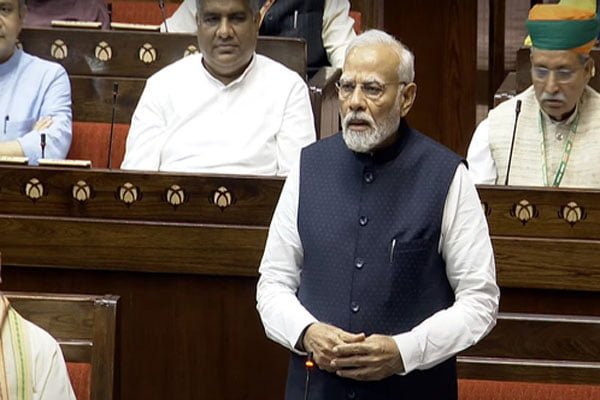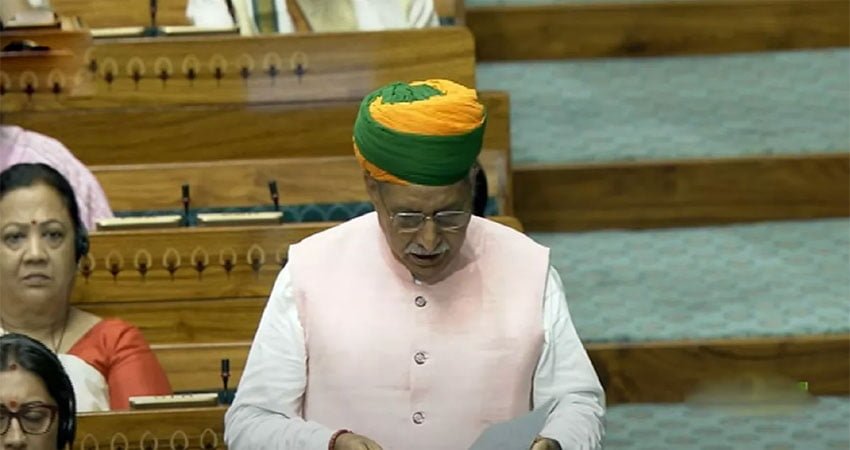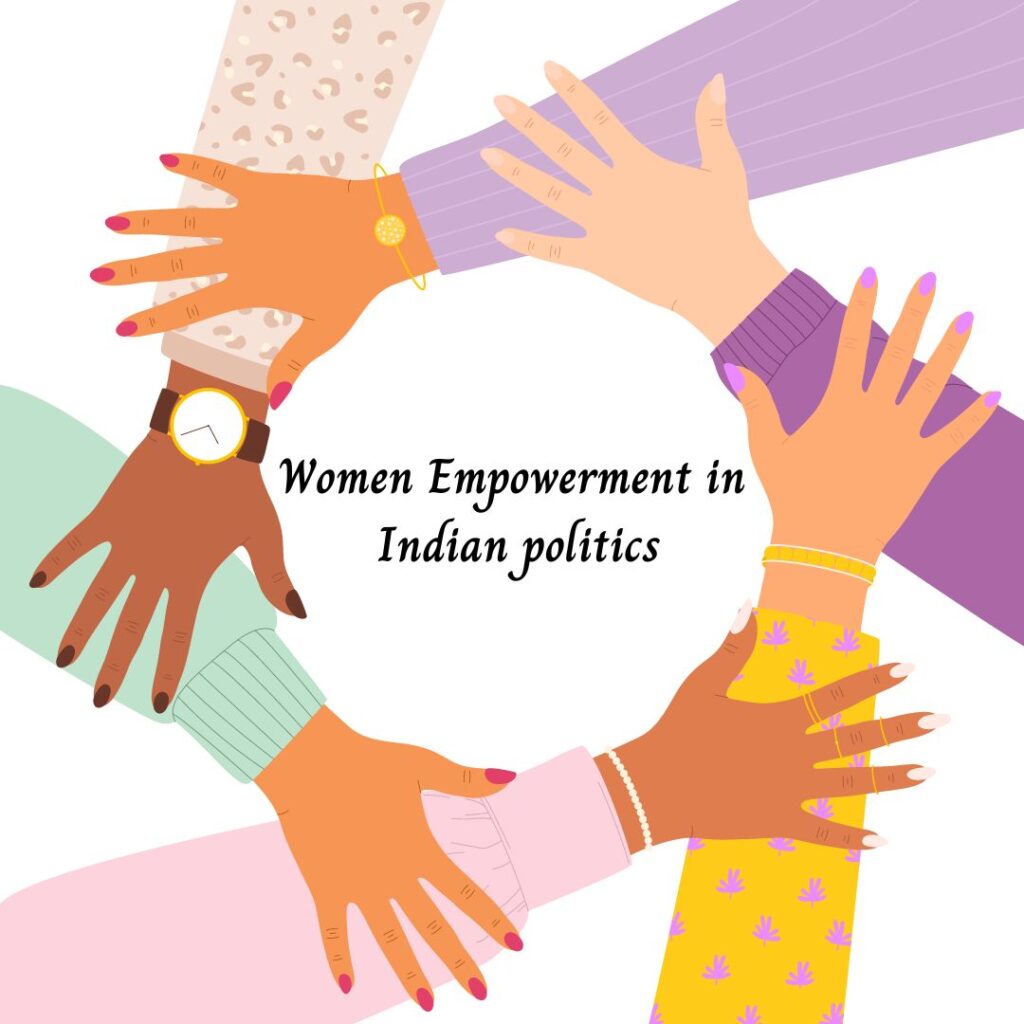Explore the impact of the Nari Shakti Vandan Adhiniyam bill 2023 on gender equality in Indian politics. Learn about key features and potential benefits.
In this article, we will delve into the key features, historical context, and potential impact of the Nari Shakti Vandan Adhiniyam, while also considering the Global Gender Gap Report’s assessment of India’s political empowerment.
Read More about Women Reservation Bill Pros and Cons
What is Nari Shakti Vandan Adhiniyam Bill 2023?
The Nari Shakti Vandan Adhiniyam Bill 2023, also known as the Women Reservation Bill, was introduced in the Lok Sabha on September 19, 2023.
The bill seeks to amend the constitution to reserve 33% of seats in the House of People, state legislative assemblies, and the Legislative Assembly of the National Capital Territory of Delhi for women.
The bill was introduced during the first day of the session in India’s new Parliament building. It was passed by the Rajya Sabha. The bill is considered historic and will further boost women empowerment.
It stands as a pivotal step towards advancing gender equality in India. This legislation holds the potential to significantly enhance women’s representation in politics, fostering improvements in economic development and infrastructure.

Who introduced Nari Shakti Vandan Adhiniyam Bill 2023?
The Nari Shakti Vandan Adhiniyam Bill 2023 was presented in the first Lok Sabha session by Union Minister of Law and Justice Arjun Ram Meghwal.
On the first day of newly built Parliament House, the bill was presented. The bill seeks to increase the proportion of female lawmakers to 181. 542 people make up the Lok Sabha of 2023, 78 of whom are women.
The Lok Sabha approved the bill. The bill was approved by the Rajya Sabha on September 22, 2023. Shri Narendra Modi, the prime minister, applauded the bill’s passage.

History of the Women Reservation Bill
The journey of the Women Reservation Bill has been characterized by enduring challenges and obstacles. First introduced in the Lok Sabha in 1996, the bill faced repeated setbacks in its quest for approval. Various bills proposing constitutional amendments to reserve seats for women in Parliament and state legislative assemblies emerged in 1996, 1998, 1999, and 2008. Regrettably, the first three bills lapsed with the dissolution of their respective Lok Sabhas, further underscoring the complexities of this legislative endeavor.
Key Features of the Nari Shakti Vandan Adhiniyam Bill
Reservation of Seats
The cornerstone of the Nari Shakti Vandan Adhiniyam is the provision to reserve one-third of seats in the Lok Sabha and State Assemblies exclusively for women candidates. This trAns: formative move aims to rectify the glaring gender disparity in the political arena, providing women with a more equitable platform to participate in the nation’s governance.
Passage Through Parliament
The journey of this bill through the Indian Parliament has been marked by determination and persistence. Initially introduced in 1996, it garnered overwhelming support in the Lok Sabha, securing passage with more than a two-thirds majority. However, to become law, it must gain approval from the Rajya Sabha by a majority of the total membership of the house and by a majority of not less than 2/3rd of members of the House who are “present and voting.”
Ratification by States
Following approval by both houses of Parliament, the Nari Shakti Vandan Adhiniyam necessitates ratification by a minimum of 50% of states. This requirement arises due to the bill’s implications for altering the representation of states in the Parliament. The bill’s implementation thus hinges on the collective endorsement of India’s diverse states.
Impact on Gender Equality
Current Representation of Women
Presently, the representation of women in the Indian Parliament is dismally low, with only about 14.4% of members being women. Despite this, India’s ranking of 48th out of 146 in the Political Empowerment dimension, as per the Global Gender Gap Report 2022 (GAQS assessment), represents the nation’s highest position to date. The Nari Shakti Vandan Adhiniyam aims to transform these statistics, ushering in a new era of gender-balanced political representation.

Potential Benefits
Elevating the participation of women in politics through this legislation holds immense potential for India’s development. Women leaders have a demonstrated tendency to prioritize critical issues such as health, education, and social welfare. Consequently, increased female representation can pave the way for a more holistic and inclusive development agenda. By addressing these fundamental concerns, the bill could lead to improvements in economic outcomes and infrastructure development, benefiting society at large. This potential transformation aligns with the Global Gender Gap Report’s criteria for evaluating political empowerment and gender equality in India.
Conclusion
The Nari Shakti Vandan Adhiniyam stands as a beacon of hope and progress in India’s ongoing journey towards achieving gender equality in politics. By ensuring greater representation for women in legislative bodies, this bill seeks to empower women and promote gender equality on a broader scale.
As it continues its path through the corridors of power and gathers support from across the nation, the Women Reservation Bill holds the promise of reshaping India’s political landscape, creating a more equitable and inclusive future for all. The bill’s potential to align with the Global Gender Gap Report’s criteria for political empowerment further underscores its significance in the pursuit of gender equality.
FAQs: Nari Shakti Vandan Adhiniyam Bill 2023
Q.1 What is the Nari Shakti Vandan Adhiniyam Bill 2023?
Ans: The Nari Shakti Vandan Adhiniyam bill 2023, also known as the Women’s Reservation Bill, is a proposed legislation in India aimed at reserving one-third of seats in the Lok Sabha and State Assemblies for women.
Q.2 What is the primary objective of Women reservation bill?
Ans: The main objective of the bill is to increase women’s representation in Indian politics, addressing gender disparities in legislative bodies.
Q.3 When the Nari Shakti Vandan Adhiniyam (Women Reservation Bill) was first introduced?
Ans: The bill was first introduced in the Indian Parliament in 1996.
Q.4 Has the bill been passed by the Lok Sabha?
Ans: Yes, the bill was passed by the Lok Sabha with more than a two-thirds majority.
Q.5 What is required for the bill to become law?
Ans: For the bill to become law, it must be passed by the Rajya Sabha with a majority of the total membership of the house and by a majority of not less than 2/3rd of members of the House “present and voting.”
Q.6 What is the significance of ratification by states?
Ans: After being passed by both houses of Parliament, the bill requires ratification by at least 50% of states because it involves changes to the representation of states in Parliament.
Q.7 What is the current representation of women in the Indian Parliament?
Ans: Currently, about 14.4% of the members of the Indian Parliament are women.
Q.8 How does the Global Gender Gap Report assess India’s political empowerment?
Ans: According to the Global Gender Gap Report 2022, India ranks 48th out of 146 countries in the Political Empowerment dimension.
Q.9 What are the potential benefits of the Women Reservation Bill?
Ans: The bill could lead to improved economic outcomes and infrastructure development, as women leaders often prioritize issues like health, education, and social welfare.
Q.10 How many times has the Women Reservation Bill been introduced in Parliament before?
Ans: Bills proposing constitutional amendments to reserve seats for women in Parliament and state legislative assemblies have been introduced in 1996, 1998, 1999, and 2008. However, the first three bills lapsed with the dissolution of their respective Lok Sabhas.
